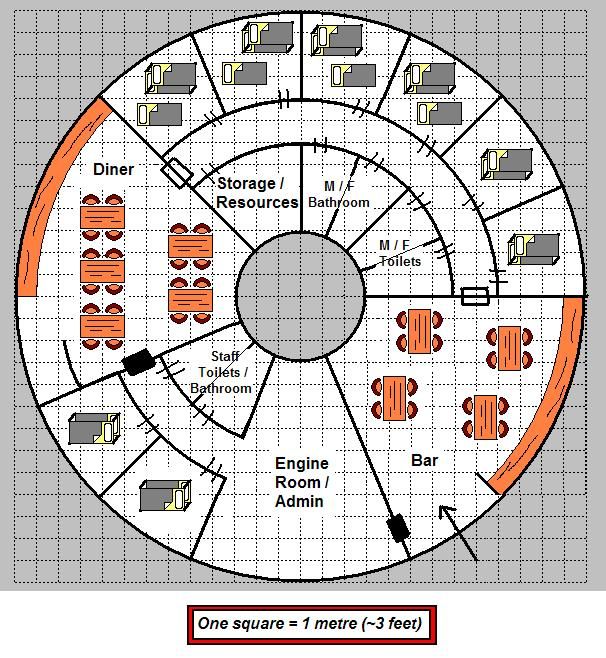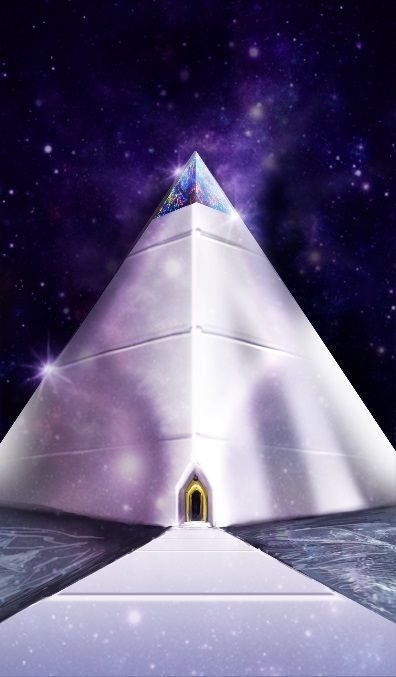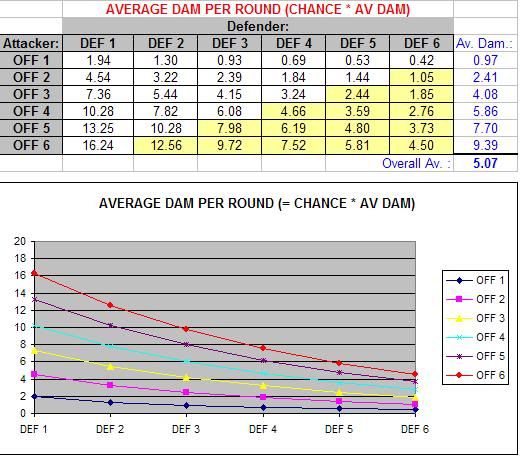






A little later than expected, but I’m back again with Part Two of my deconstruction of my Infinite Universe gamebook, released just over a year ago now on iOS platforms through Tin Man Games, and coming soon to Android, PC and Mac platforms…
If you’ve missed Part One of this deconstruction (where I discuss things such as my objectives in writing it, my evaluation of those objectives and the feedback it has received), you can find it HERE.
This article is broken into three sections: Design, Additional Content and FAQ. So let’s talk about the design first:
DESIGN (Overview)
I’ve already discussed the “overall” aspects of the design (my objectives, evaluation of those objectives and how I’ll approach a sequel, etc) in my first article, but now I want to talk about specific elements.
I certainly am inclined to put a lot of effort into the design of my works, planning etc. For instance, my first novel Evermore: An Introduction becomes a “choose-your-own-adventure” for the final third and I structured the choices therein to “maximise the length of the reader’s journey” by making it such that each path has minimal potential for repetition (I could expand on this point but let’s not get side-tracked). My second novel The Dark Horde features a host of characters with distinct story-lines that I’d pre-planned and mapped out separately before blending together. In writing The Dark Horde I paid careful attention to things such as the pacing of events (including the number of deaths that increase throughout the book), the timing of events (even to having all chapter times add up to multiples of thirteen) and the detailed backstory that is to form a separate work: a “musical project” entitled The Calling, due to be completed sometime later this year or next. Most of these design aspects are hidden from the reader, but in my 2012 Windhammer submission, I designed and wrote Trial of the Battle God where the extent of my design efforts were more obvious, for there you have a gamebook that can accommodate up to six players moving independently through a dungeon, along with another seven “NPC” combatants that are also moving through the dungeon just as you are. All this culminates in a complex dungeon design where the dungeon and the state of your opponents are not static, and the paths of eight of more participants needs to be tracked and managed as the trial progresses.
Given this background, it’s probably no surprise then that there’s a hell of a lot of design that went into Infinite Universe: much of which is “under the hood” and hidden from the reader, and some of which wasn’t even included in the released version.
DESIGN (World)
As much as I am enamoured of the gamebooks by Herbie Brennan, Steve Jackson, Ian Livingstone etc, my approach was more similar to that of Joe Dever in terms of creating a fleshed out and consistent “universe” before even starting to write. I compiled a lot of notes on places, histories, politics, personalities and technologies that I would use to underpin the story, much of which wouldn’t be directly relevant to the story being told but would add more depth to the world as a whole.
Underpinning this approach was a series of fantastic articles that steps the creator through each aspect of world design in order to create a detailed and consistent universe. These articles, by Michael James Liljenberg, I’d recommend to other authors creating fantasy or science fiction worlds and can be found HERE.
With this resource I was able to generate the following Tau Ceti system map, which of course was used to generate the much nicer looking system map in the App itself:
Having fleshed out the Tau Ceti system in this way, I also needed to locate this system in the context of other systems, particularly the Sol “home system”, and along the way, flesh out those systems too.
As part of this process, it was important to me to ensure that everything, from the makeup of systems to the layout of stars, was based on actual astronomical understanding. Hence you have the Tau Ceti system having less planets and heavy metals than our system, but considerably more dust and asteroids, and you also have the star map of our local neighbourhood, which is actually derived from 3D modelling of exactly what is around us and where (as generated and made available by Winchell Chung HERE):
-Again a much nicer-looking version of this map is available in the App itself, along with the Bloggopedia that provides details on numerous systems, planets, moons, organisations, personalities and technologies. (Note that the player only gains access to the Bloggopedia and the system and star maps after completing Part One of the gamebook).
DESIGN (Locations)
In addition to mapping and detailing the neighbouring region of our galaxy and the systems therein, I also mapped and compiled notes for some of the locations in the gamebook. You may recognise some of these layouts (and they may even help you orientate yourself in the book):
Platinum Academy – Level One.
Space Gondola.
DESIGN (Plot)
Aside perhaps from Trial of the Battle God, I’ve yet to write a story that is “self-contained” and Infinite Universe certainly falls into the category of a story which is but part of a “bigger picture”. You may have noticed therein that there are a number of references to events past and present, which are due to be fleshed out in more detail in forthcoming works. Here’s a short list of some of the things I’m referring to here that give some insight into what’s to come:
- The post-apocalyptic near future of Earth and the future some thousand years later.
- The main character’s future selves and their involvement in future events.
- Krusher Kane, the Oracle and your former lover; and their relationship to you and the plot in general.
- A few other locales and events hinted at in the first book which are the subject of future ones (that I won’t detail further here just yet).
ADDITIONAL CONTENT (Text)
As discussed in Part One of my deconstruction, Infinite Universe was written “backwards” in that Parts Four to Six were written before Parts One to Three. Parts Four to Six are set before the events of Parts One to Three and are how the story was initially intended to start. Initially, what you now read as “Part Six” was “Parts Three to Five”, before I restructured the order of Parts and cut out most of the material that was then used: some 250 odd sections worth and over 40,000 words.
The flowcharts for final design span sixteen A4 pages as can be seen in the (blurry) photo below. In addition, on the right are two A4 pages containing the flowcharts for the removed sections, and the Tau System chart that you’ve already seen.
I won’t go into detail here about just what was in the removed content, but let’s just say that it won’t be going to waste… It’ll probably be used as something of a “side adventure” in the sequel… Probably J
ADDITIONAL CONTENT (Music)
The “main” Infinite Universe track (that is the track you hear playing when reading the book) started out quite differently from what you hear now. It has electric guitar for a start, a lot more melody and originally went to three and a half minutes in length as an instrumental track. But following feedback from the play-testers, the track was considered too disruptive to reading, and so it was dramatically pared back to not be so intrusive… But I’m quite proud of the track in its original form(s), which my good friend Hanny Mohamed of Black Majesty put together (with my input / direction I guess). It’ll come as no surprise that I prefer the two versions I’ve linked below (especially the full-blown “power metal” version), but then I’m used to reading and writing with heavy metal playing non-stop… You’ll hear that influence in the tracks below, and even a bit of “Manowar-esque / Conan the Barbarian” kind of stuff J
Infinite Universe - Main Track (Unreleased Alternative Version)
Infinite Universe - Main Track (Unreleased EXTENDED Alternative Version)
FAQ (Includes Spoilers!)
So the last aspect of this “deconstruction” is to answer some of the questions that readers have asked… Some of these are game solutions or detail plot devices used or to be used, so I’d suggest you stop here if you haven’t read the book yet and don’t want to have any “secrets spoiled” J
Q: Does every skill have a medal?
A: Yes.
Q: Can I earn more than one gold medal?
A: No. Like all medals, you either have earned it or you haven't. It isn't possible to get medals multiple times.
Q: How can I learn new skills after the first time I choose at start of Part Two?
A: At the moment you can't... But yes you’ll learn new skills at the start of the next gamebook ;)
Q: What do I do with the medals I earned after the start of Part Two?
A: These medals, including the Platinum medal if you’re lucky enough to earn it, affect the sequel and you gain their benefits there.
Q: Can you list how each and every medal is gained?
A: Below is a semi-detailed (but full) list of where to get each medal:
FIRST AID
* Part 1: Heal Kane.
* Part 1: Lose to Kane in melee combat.
* Part 2: Successfully treat your snakebite.
BLUFF
* Part 1: Successfully bluff the cloaked alien (when it confronts you).
* Part 2: Successfully bluff Betty.
* Part 2: Successfully dispute the fare with the taxi-driver.
* Part 2: Present wrong identification to the guards and then successfully bluff them to accept your own identification instead.
SPRINT
* Part 1: Evade the cloaked alien by running into the grand chamber.
* Part 1: Evade the Greycloaks firing at you in the grand chamber.
* Part 1: Run past the Battle Bot to outside the Academy.
* Part 1: Evade the laser fire when escaping with Dan.
* Part 2: Outrun Judas when he goes to attack you.
* Part 3: Run out of the Sky Gondola Bay before the steel shutters close.
JUMP
* Part 1: Successfully dive through the closing exit door, after choosing to leave Kane as the Bluecloaks approach.
* Part 1: Successfully jump from the crawl space into the control room, after choosing to let Kane enter the crawl space second.
* Part 1: Successfully jump from the pillar to the balcony when escaping with Dan.
* Part 3: Leap clear of the explosion of the rocket fired into the Geostation by the rebel spacecraft.
CLIMB
* Part 1: Successfully haul yourself into the crawl space, after choosing to let Kane enter first.
* Part 1: Successfully climb the pillar in the grand chamber when escaping with Dan.
* Part 3: Successfully climb the wing of the Hungry Raven when entering the craft from out in space.
STEALTH
* Part 1: Successfully hide amongst the bodies when discovered in the second chamber by other (hostile) Greycloaks.
* Part 1: Hide from the Greycloaks firing at you in the grand chamber.
* Part 1: Sneak past the Battle Bot to outside the Academy.
* Part 2: Sneak out of Betty's house without her noticing.
UNARMED COMBAT
* Parts 1-3: Fight any enemy in melee combat where you have NO melee weapon.
* Part 2: Defeat Judas in melee combat (you must defeat him rather than just fight him, even though you have no melee weapon for this fight).
MELEE TECHNIQUE
* Parts 1-3: Defeat any enemy in melee combat where you have a melee weapon.
* Part 1: Defeat Bluecloaks in melee combat (even if you have NO melee weapon).
SHARP SHOOTER
* Parts 1-3: Defeat any enemy in ranged combat.
* Parts 1-3: Successfully shoot any enemy.
DODGE
* Parts 1-3: Defeat any enemy in ranged combat.
* Parts 1-3: Dodge laser fire from any attacker.
PILOT
* Part 3: Defeat the Mandellian Lancer in ship-to-ship combat.
* Part 3: Evade the Mandellian Lancer.
GUNNERY
* Part 3: Defeat the Mandellian Lancer in ship-to-ship combat.
GOLD
* Part 1: Stay alive with Kane until the conclusion of his plans in Part 1.
* Part 1: Escape the Academy.
PLATINUM
* Part 3: Get all of the above thirteen possible medals in a single play-through. There's a few different ways to do this, but it requires a lot of planning and a bit of luck to figure out how to do it ;)
It is possible though, look here’s proof:
Q: Is there a sequel?
A: A sequel is in the works… But it’s still a least a year away from being completed. (At the start of this sequel you’ll have the items, skills and medals you earned in Parts One to Three, and choices you made in Parts One to Six will affect what happens in “Part Seven” and beyond. It’ll also be possible to play the sequel without having read the original).
Q: There’s a lot of loose leads left unresolved at the end of the first book. Will those be addressed in the sequel and which ones?
A: By design, the story of the first book is but a fraction of the larger story. I won’t give too much away about some of the leads addressed in the sequel (and those beyond that) but I’ll give you three words as hints on what’s to come in Bloggs’ near future:
Nanobase. Clone. Oracle.
…So that concludes my deconstruction, which hopefully addresses anything you wanted to know about Infinite Universe but didn’t yet (let me know if not!)
And whilst I get the sequel and numerous other projects sorted, there’s plenty of other gamebook goodness out there as apps, including Zach Weinersmith’s sci-fi comedy gamebook Trial of the Clone that’s just come out on iOS and Android J































